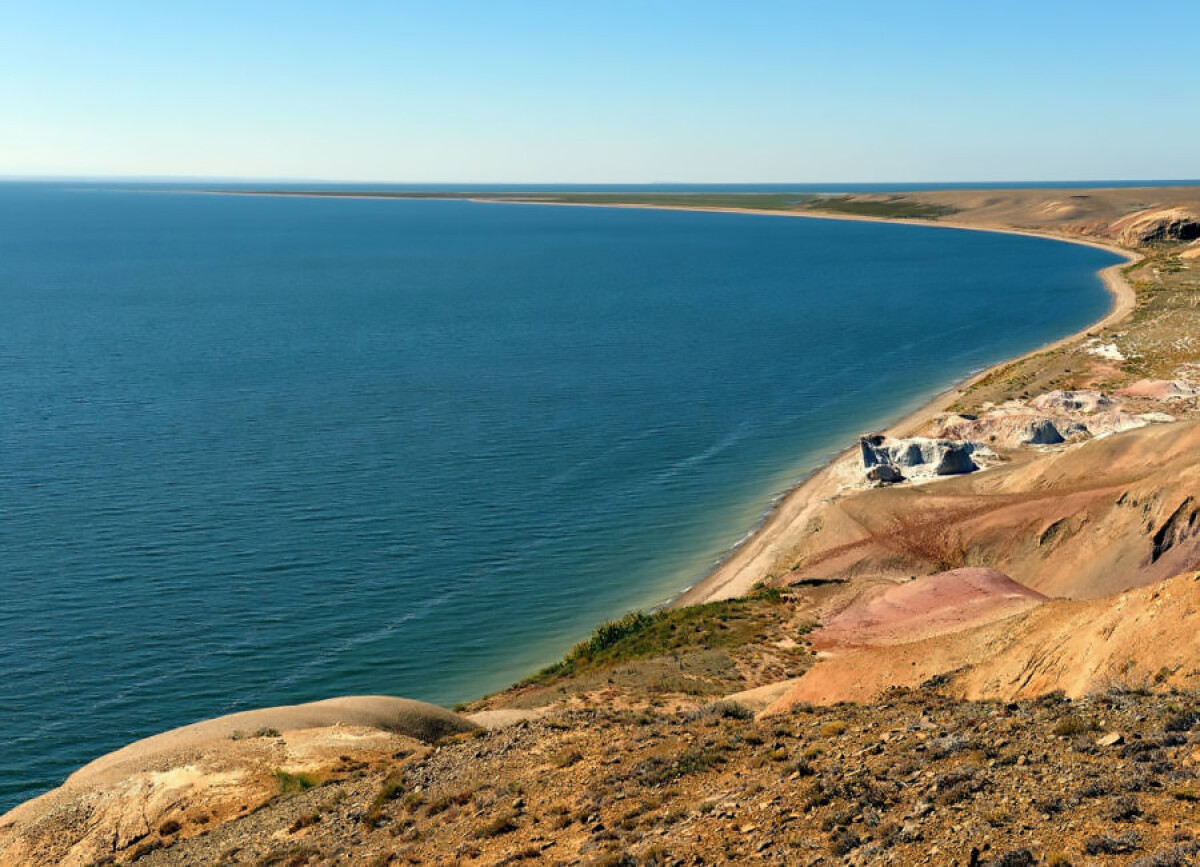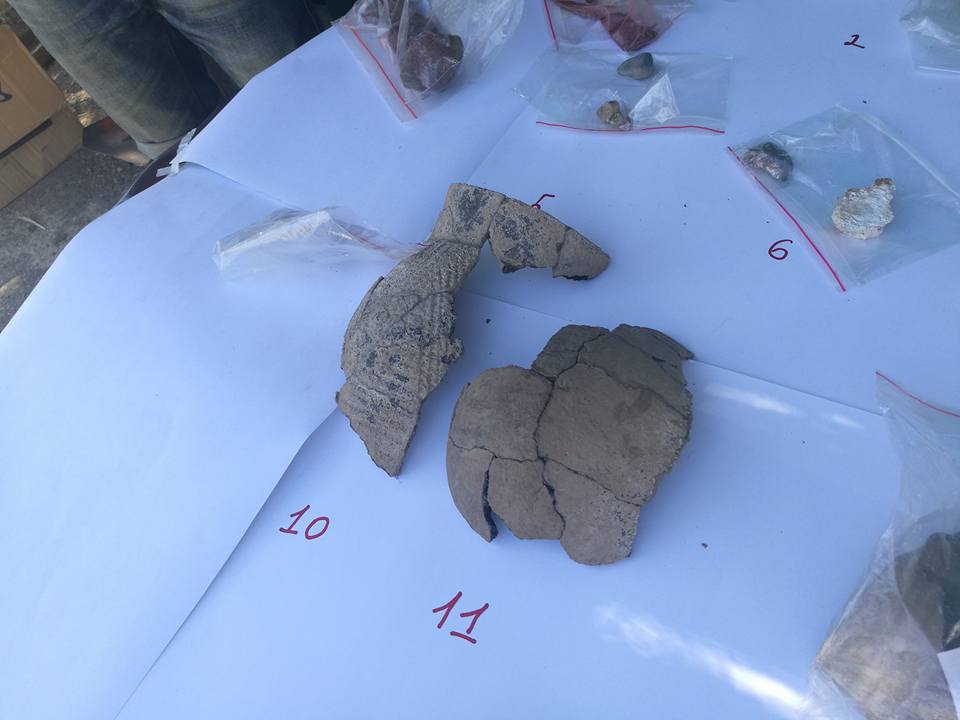
The journalist of the portal arrived in Zaisan at 08.00 in the morning, first, he was accommodated, and, after a telephone conversation with the head of the regional department of culture Serikbol Siyrbayev, went to the Museum of Local History. There he was met by the director of this institution Kanagat Salakhov.
On a specially provided bus the group arrived at the territory of Karatal village, located 30 kilometers from the city where the archaeological expedition is working. In 4-5 kilometers to the east of Karatal village was found the burial ground, in it there are only 17 graves. Unfortunately, we failed to meet a leader, the well-known archaeologist Abdesh Toleubayev, due to unforeseen family circumstances, the scientist had to leave for Almaty.

What is the value of the Karatal burial?
Archaeological excavations which received a new name "Karatal burial" are conducted by 27 young archaeologists from the Kazakh National University named after Al-Farabi of Almaty, the Eurasian National University named after L. Gumilyov of Astana, the Shakarim State University of Semey, the Zhetisu State University named after I. Dzhansugurov of Taldykorgan. We have witnessed the selfless love of young professionals for their profession working under the scorching east sun.
Kuanysh Iskakov, doctoral student of the Eurasian National University named after L.N. Gumilyov introduced us to the first layer of three excavated graves. He noted that they belong to the era of the early Middle Ages. Since the work on the excavation of graves is only at the stage of the opening of the layer, it is early to speak specifically about the ancient heritage. And yet he clarified some questions to us about the layers of burial, about the rock of the soil and the structure of the soil, grains of sand and kurgans, about fortress-like circles. According to him, in some graves approximately 1-1.5 meters, the layers consist of pure soil, and some graves consist of half of the stony-ground layer. So far, according to preliminary forecasts, local findings will relate to the ancient Uysun era. If, as a result of subsequent work this version is confirmed, then, the discovery of the Uysun heritage in the east of the country will be an archaeological discovery.

Will Ainabulak burial enter into scientific circulation?
Students of archaeological specialties of universities in the eastern and south-eastern regions of the country before that found about 280 graves near the village of Ainabulak. On one side of the river Ainabulak, flowing near the aul, there are about 100 graves, and the other side is divided into two parts, where there are about 50 burials. The burials have different sizes, the largest - about 25 diameters, and the smaller - about 8-10 diameters.
To the portal's employee, who visited such excavations for the first time, young archeologists showed their scientific findings, described in detail the autopsy technique, and made a topographic map of Ainabulak burial. They told about the remains of a man and woman found in one of the graves, buried in old customs together, their knees pressed against each other, their heads turned to the west, showed the tips and candles found next to them, bronze earrings and bone necklaces, and scattered fragments of a clay jug. "The lamp was at the feet of a man, and made of bronze, and green-colored tips were on the woman's chest," says a young archaeologist Zharkyn.

That's how the first day of the expedition to the Zaisan region passed; it was rich, interesting and full of discoveries. Having met in the afternoon with local historian Kalibek Altybayev, I received materials about the Zaisan headquarters of Alash-Orda and about people who are related to them.
Translated by Raushan MAKHMETZHANOVA
